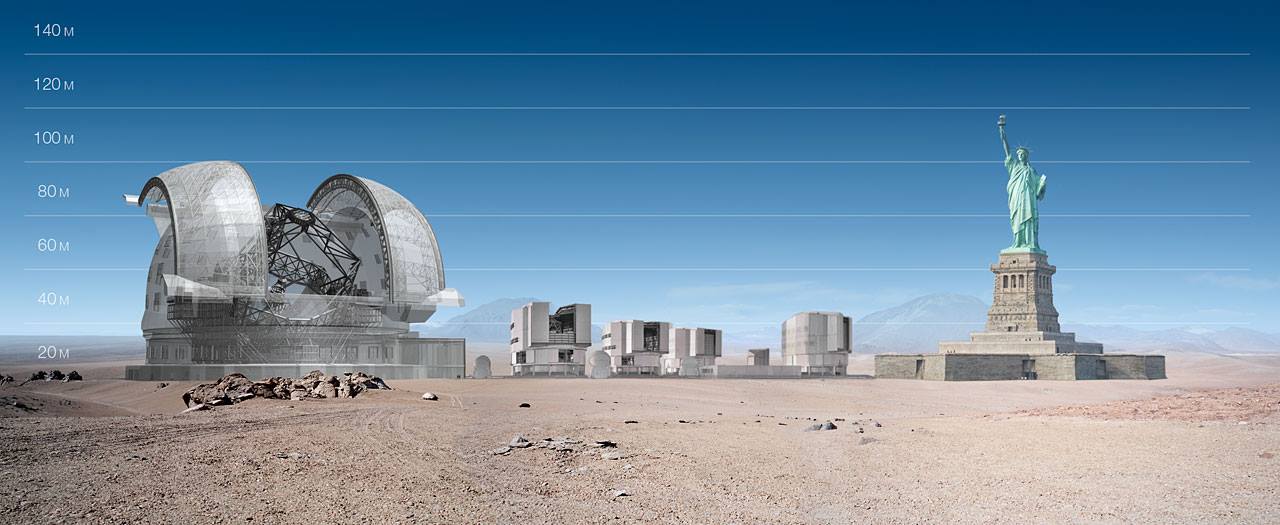Watch Live Thursday: Mountaintop Blast to Make Room for Huge Telescope

An astronomy organization will blast away the top of a mountain to make room for a giant telescope tomorrow (June 19), and you can watch the blast live online.
Officials with the European Southern Observatory (ESO) — a collaboration of 15 different countries — are planning to build the largest optical/near-infrared telescope in the world atop a mountain in Chile. ESO is expected to blast away the top of Cerro Armazones, where the huge European Extremely Large Telescope (E-ELT) will sit sometime in the future. The organization will host a webcast featuring the mountain blast on Thursday (June 19) from 12:30 p.m. to 2:30 p.m. EDT (1630 to 1830 GMT), and you can watch it live on Space.com.
"Extremely large telescopes are considered worldwide as one of the highest priorities in ground-based astronomy," ESO officials said in a statement. "They will vastly advance astrophysical knowledge, allowing detailed studies of subjects including planets around other stars, the first objects in the universe, supermassive black holes, and the nature and distribution of the dark matter and dark energy which dominate the universe."
The ground-based telescope will come equipped with a 128-foot (39 meters) mirror, and has been called "the world's biggest eye on the sky" by ESO.
The E-ELT is designed to find and image Earth-like alien planets in the habitable zones of their stars, gather more data about mysterious dark matter and dark energy and observe the universe's first stars and galaxies, ESO officials have said. The telescope is expected to begin functioning sometime in the next decade.
"On top of this, astronomers are also planning for the unexpected — new and unforeseeable questions will surely arise from the new discoveries made with the E-ELT," ESO officials said in a statement.
You can participate in the mountain-blast webcast by joining in on Twitter, asking questions with the hashtag #EELTblast. ESO officials ask that participants ask questions in English.
Breaking space news, the latest updates on rocket launches, skywatching events and more!
Follow Miriam Kramer @mirikramer and Google+. Follow us @Spacedotcom, Facebookand Google+. Original article on Space.com.

Miriam Kramer joined Space.com as a Staff Writer in December 2012. Since then, she has floated in weightlessness on a zero-gravity flight, felt the pull of 4-Gs in a trainer aircraft and watched rockets soar into space from Florida and Virginia. She also served as Space.com's lead space entertainment reporter, and enjoys all aspects of space news, astronomy and commercial spaceflight. Miriam has also presented space stories during live interviews with Fox News and other TV and radio outlets. She originally hails from Knoxville, Tennessee where she and her family would take trips to dark spots on the outskirts of town to watch meteor showers every year. She loves to travel and one day hopes to see the northern lights in person. Miriam is currently a space reporter with Axios, writing the Axios Space newsletter. You can follow Miriam on Twitter.
